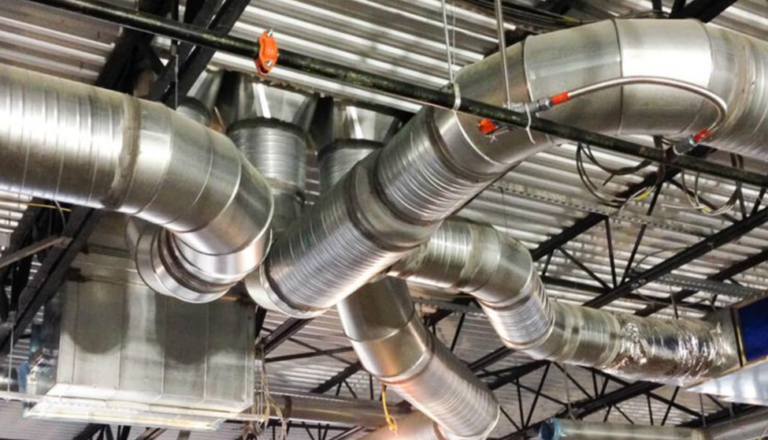Best Practices for a Successful Deep Cleaning a Kitchen
A clean kitchen is important for health and hygiene. Regular cleaning removes surface dirt. But deep cleaning a kitchen is essential. It tackles hidden grime, grease, and bacteria. Follow these steps for a sparkling kitchen.

Gather Your Cleaning Supplies
Before deep cleaning a kitchen, gather all supplies. You’ll need gloves, sponges, and microfiber cloths. Get a mop, broom, and cleaning solutions. Baking soda and vinegar are also helpful.
Declutter Your Kitchen First
Start by decluttering the kitchen. Remove items from countertops. Empty drawers and cabinets. This will give you full access to every surface.
Clean the Sink and Faucet
The sink often holds bacteria and grime. Scrub it with baking soda. Rinse with vinegar and hot water. Wipe down the faucet with a disinfectant.
Deep Clean Kitchen Cabinets
Cabinets collect grease and dust. Wipe them down with warm soapy water. Use a toothbrush for tough spots. Clean both the inside and outside of cabinets.
Wipe Down Countertops
Countertops need a thorough cleaning. Use a disinfectant spray for surfaces. Make sure to clean all corners and edges. Wipe them dry with a clean cloth.
Clean and Organize the Fridge
Empty the fridge before cleaning. Remove expired items. Wipe down shelves with a mixture of vinegar and water. Clean drawers and seals thoroughly.
Scrub the Oven and Stove
The oven and stove can accumulate a lot of grease. Use a store-bought cleaner or make one with baking soda. Let the solution sit for a few hours. Scrub the grime with a sponge.
Clean the Microwave
The microwave often gets splattered with food. Place a bowl of water with lemon slices inside. Heat for five minutes. This loosens grime. Wipe the inside with a clean cloth.
Clean the Kitchen Floor
Floors are often overlooked when deep cleaning a kitchen. Sweep to remove crumbs and dust. Then mop with warm water and a mild detergent. Pay attention to corners and edges.
Tackle Grease on Backsplashes
Backsplashes collect grease over time. Use warm, soapy water to scrub them. For tough spots, apply baking soda. Rinse with a damp cloth.
Clean Kitchen Appliances
Small appliances need attention too. Wipe down the exterior of toasters, blenders, and coffee machines. Clean removable parts according to manufacturer instructions.
Sanitize Light Switches and Handles
Light switches and handles collect germs. Wipe them down with a disinfectant. Don’t forget cabinet knobs and appliance handles.
Empty and Clean Trash Bins
Trash bins can harbor odors and bacteria. Empty the bin and scrub it with warm soapy water. Let it air dry before replacing the bag.
Organize and Clean Pantry Shelves
Remove everything from pantry shelves. Wipe them down with a cloth. Check for expired items and dispose of them. Organize remaining items neatly.
Clean Windows and Blinds
Windows can get grimy, especially in the kitchen. Use a glass cleaner for the windows. Wipe blinds with a damp cloth to remove dust.
Don’t Forget Vent Hoods
Vent hoods collect grease and dust. Remove the filter and clean it with soapy water. Wipe down the exterior with a degreaser.
Wash Kitchen Towels and Rugs
Kitchen towels and rugs collect bacteria. Toss them into the washing machine. Use hot water for deep cleaning.
Clean Under Large Appliances
Dirt and grime collect under appliances like the fridge and stove. Pull them out and clean the floor beneath. Sweep and mop for a thorough clean.
Disinfect Cutting Boards
Cutting boards can harbor bacteria. Scrub them with baking soda and water. Rinse with vinegar for extra disinfecting power.
Deep Clean the Dishwasher
Dishwashers need regular cleaning too. Run a cycle with vinegar to remove buildup. Wipe down the door and seals.
Clean and Polish Kitchen Fixtures
Wipe down faucets, sinks, and other fixtures. Use a non-abrasive cleaner for stainless steel. Polish with a dry cloth for a shiny finish.
Use Natural Cleaners When Possible
Natural cleaners like vinegar and baking soda work well. They are safe and non-toxic. They also do a great job deep cleaning a kitchen.
Regular Maintenance Keeps the Kitchen Clean
Deep cleaning a kitchen doesn’t have to be overwhelming. Regular maintenance makes the job easier. Wipe down surfaces after each use. Keep clutter to a minimum.
Store Cleaning Supplies Conveniently
Keep cleaning supplies in a handy location. This makes it easier to do quick cleanups. Deep cleaning a kitchen is easier to access when supplies are nearby.
Prioritize Safety While Cleaning
Safety is the most important factor in deep cleaning a kitchen. You should wear safety gloves. Make sure that cleaning products you are using are safe for the surface. You should read the products instructions carefully.
Dispose of Trash and Recycling
Don’t forget to take out the trash when done. Properly dispose of all trash and recycling. This helps keep your kitchen smelling fresh.
Deep cleaning a kitchen requires time and effort. Following these best practices makes the process easier. Use the right tools and natural solutions for a deep clean. Regular maintenance will help keep your kitchen spotless. A clean kitchen is healthier and more enjoyable for everyone.
FAQ’s
How often should I deep clean my kitchen?
What’s the best natural cleaner for kitchen surfaces?
How can I remove tough grease from my stove?
Do I need to clean under large appliances?
What’s the most important area to focus on?






